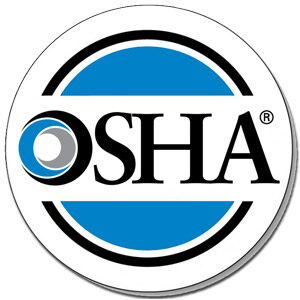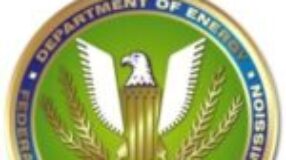
The Interstate Natural Gas Association of America (INGAA), a trade association of the interstate natural gas pipeline industry, submits these comments regarding the Occupational Safety and Health Administration’s (OSHA’s) proposed change to its interpretation of its noise exposure standard, 29 C.F.R. §1910.95(b)(1), published in the Federal Register on October 19, 2010 (75 Fed. Reg. 64216). Although OSHA withdrew its proposed interpretation on January 19, 2011, OSHA invited the public to submit comments.
INGAA supports the comments submitted by API, NPRA, ACC and STI/SPFA (API’s comments) as they apply to 29 C.F.R. §1910.95. API’s comments refer to economic impact studies that explain the unreasonable cost of the proposal, and a member survey that highlights the consequences industry would face under the proposed interpretation. API’s comments also explain: 1) the history of the noise exposure standard, 2) OSHA’s interpretation of that standard, 3) the logic behind allowing employers to utilize personal protective equipment (PPE) rather than implementing engineering controls under certain circumstances, 4) the steps industry has taken to comply with OSHA’s noise standard, 5) the extraordinary cost to industry if employers are required to implement engineering controls, and 6) the legal hurdles that OSHA will face if it were to proceed with its proposed interpretation of the noise standard.
In addition to the points made in API’s comments, INGAA respectfully states that OSHA did not take into account the impact its proposed interpretation would have on highly regulated industries. INGAA member companies are regulated by a variety of federal, state and local agencies. The Federal Energy Regulatory Commission (FERC), an agency within the Department of Energy, and the Pipeline and Hazardous Materials Safety Administration (PHMSA), an agency within the Department of Transportation, are two of the leading agencies that regulate the interstate natural gas transmission industry. FERC regulates, among other things, the rates that transmission companies are permitted to charge, including operational costs that may be passed on to customers. PHMSA regulates, among other things, the safety of pipeline operations. OSHA’s proposal to change its interpretation of its noise exposure standard treads dangerously close to the regulatory oversight of FERC and PHMSA, will likely impact ratemaking and will likely impact pipeline operations.
OSHA’s narrow definition of “technological feasibility” (i.e., “capable of being done”), and its narrow definition of “economic feasibility” (i.e., threaten the employer’s ability to remain in business”) are also inconsistent with applicable legal standards. OSHA’s overly narrow interpretation of feasibility is unrealistic.







